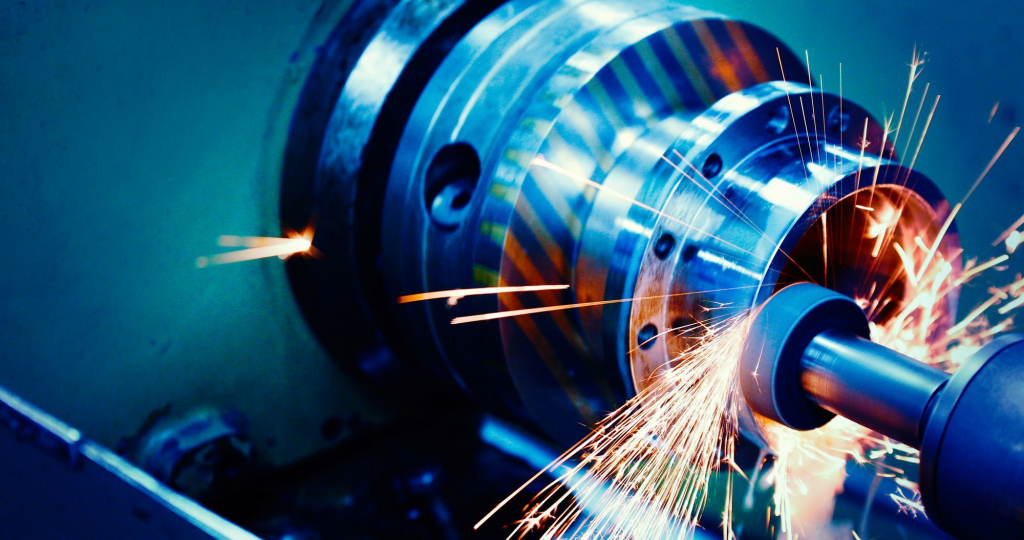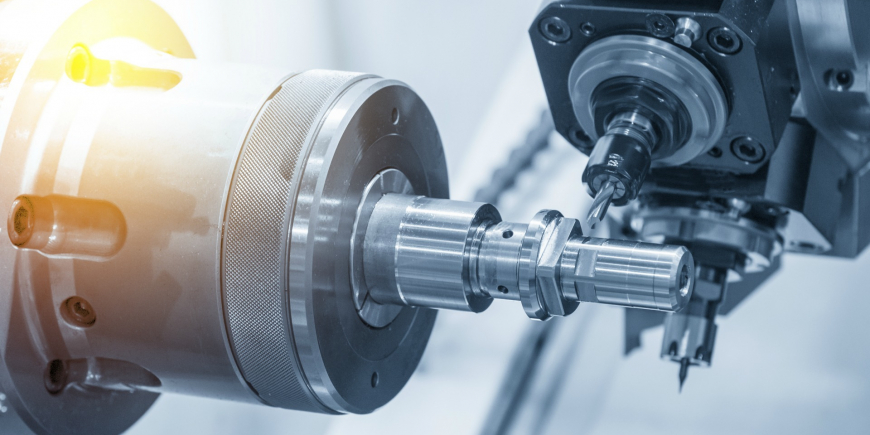Precision machining is the skill of meticulously crafting an object – in other words, cutting a material into an exact pattern that allows it to fit where it has to go and perform its function. Parts utilised in the aerospace sector, surgical equipment, and components used in the automotive industry are examples of finished things.
Furthermore, the nature of such parts is to wear out, necessitating the services of a precision machinist to perform recalibration, grooving, and/or welding to restore it to the state required for best performance. Precision machining is required in almost every sector you can think of.
Evolution of Precision Machining
Precision machining in today’s world is exceedingly precise, thanks to current technologies. However, we can trace its development over several centuries, with Henry Maudslay, a British inventor, being credited with creating the screw-cutting lathe in the nineteenth century. Fast forward a few years to 1848, and the handheld micrometre, invented by Jean Laurent Palmer, gave birth to the beginnings of precision technology as we know it today.
Precision machinists used primitive equipment like hammers and blades to hone their abilities and achieve astounding levels of precision. Computer programmes are used by today’s machinists, resulting in very accurate, complicated machine components, equipment, and things. While technologies such as CAD (computer-aided design), CAM (computer-aided manufacturing), and CNC (computer numerical control) are used to create precision parts, the early steps are still planned using hand-drawn designs, necessitating a high level of expertise and talent.

Advantages of Technology
Precision machining makes extensive use of CAD, CAM, and CNC technology. These programmes significantly reduce the risk of errors while also delivering the following advantages:
Repeatable: If a design must be repeated, a template can be easily constructed for duplication.
Efficient: Reduces the amount of steps required to produce a pattern, making the process much faster.
Exceptionally precise: As a result, waste is minimised and wasting is decreased. As a result, production expenses are significantly reduced.
Improved health and security: Automated operations reduce the need for humans to be near moving parts, machinery, and cutting instruments, which can pose substantial risks.
Adaptable: Plastics, glass, bronze, steel, graphite, and other materials are among the materials that can be used.
Precision machining can be done with nearly any combination of tools, depending on the requirements, such as the size of the run and the materials to be utilised. This includes (but is not limited to) the following:
- Milling machines
- Saws
- Grinders
- Drill presses
- Lathes
- High-capacity robots
With so many materials and ways to choose from, it’s critical for businesses to deal with a manufacturer who is up to date on the latest technology to produce the highest-quality machine components. One-stop metal manufacturer solutions Malaysia are industry leaders, producing high-quality parts that fit the first time, every time. Customers receive technical assistance from their in-house experts, as well as a professional and courteous service.



There are no comments